While DTC brands are churning out products that could fit into Fisher-Price sets, play kitchens for actual kids are becoming increasingly muted and "adult."
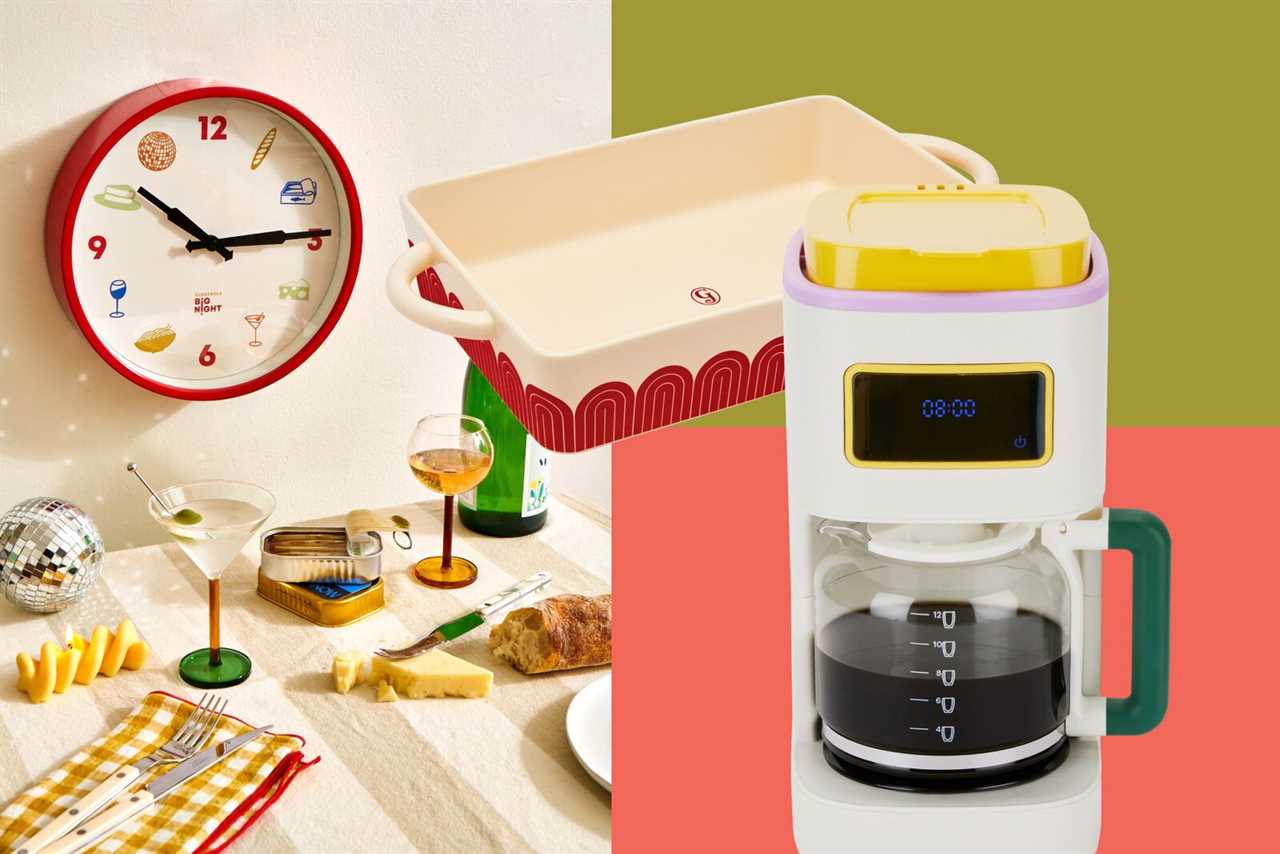
The Fisher-Price play kitchen I wanted as a child still haunts me, though it has been decades. If you’re of a certain age and you had parents that loved you (I’m kidding), you maybe know the one: a tidy efficiency kitchen, rendered in primary colors, with all the trappings of a real 1980s kitchen, from the analog clock on the range hood to the bright-red landline attached to the side. If you were really lucky, said kitchen came with the attendant accessories—plastic fruit, toast, strips of bacon, eggs sunny side up, and pots, pans, and spatulas with soft corners and rounded edges, perfect for chubby little hands.
The Fisher-Price play kitchen that looks like this is no longer in production, though if you’re vigilant and dedicated to the hunt, you can find them on eBay, Facebook Marketplace, Etsy, and the like. But the general vibe of this kitchen persists. In 2019, the Strategist cottoned on to the Bauhaus-adjacent primary color revival in home goods and fashion, dubbing it "Kindercore: a decidedly toddleresque movement."
The MoMA Design Store’s Cocca Moka Espresso Pot and reissued Bubble Casserole Pot, both from that same year, would not look out of place in the kitchen of my childhood dreams. Neither would former Bon Appétit video star and social media chef Molly Baz’s 2023 limited-edition line with Crate and Barrel—which included colorful stemware, an ice bucket with bright-red accents and a friendly demeanor, and a silicone squiggle of a trivet—had the serveware been miniaturized. But the tides are starting to turn against the Bauhaus-Memphis aesthetic a bit, moving toward something softer and somehow more juvenile. The MoMA Design Store’s spring collection, for example, features a reissued Bodum toaster and electric coffee grinder and kettle that all look like iterations of Little Tikes products. Paris Hilton’s pots and pans, sold at Walmart, are pretty, pink, and, if they were smaller and not made of metal, could be easily mistaken for a gift for a culinarily inclined kid. GIR’s soft silicone cooking utensils come in a variety of pastel and primary colors more typically associated with toys, not tools.
Nowadays home goods, especially kitchenware, are Scandinavian-ish but particularly darling in a way that’s weird for products that will inevitably get dirty. Some kitchenware for adults who would maybe say that paying the bills is "adulting" looks very much like a toy I also wanted as a child but never got: the Easy-Bake Oven. (See: Our Place’s recently released Wonder Oven and Hay’s Sowden toaster, both of which are chic in their own right, for a particularly juvenile adult or a very sophisticated child.)
Bodum Bistro 2-Slice Toaster
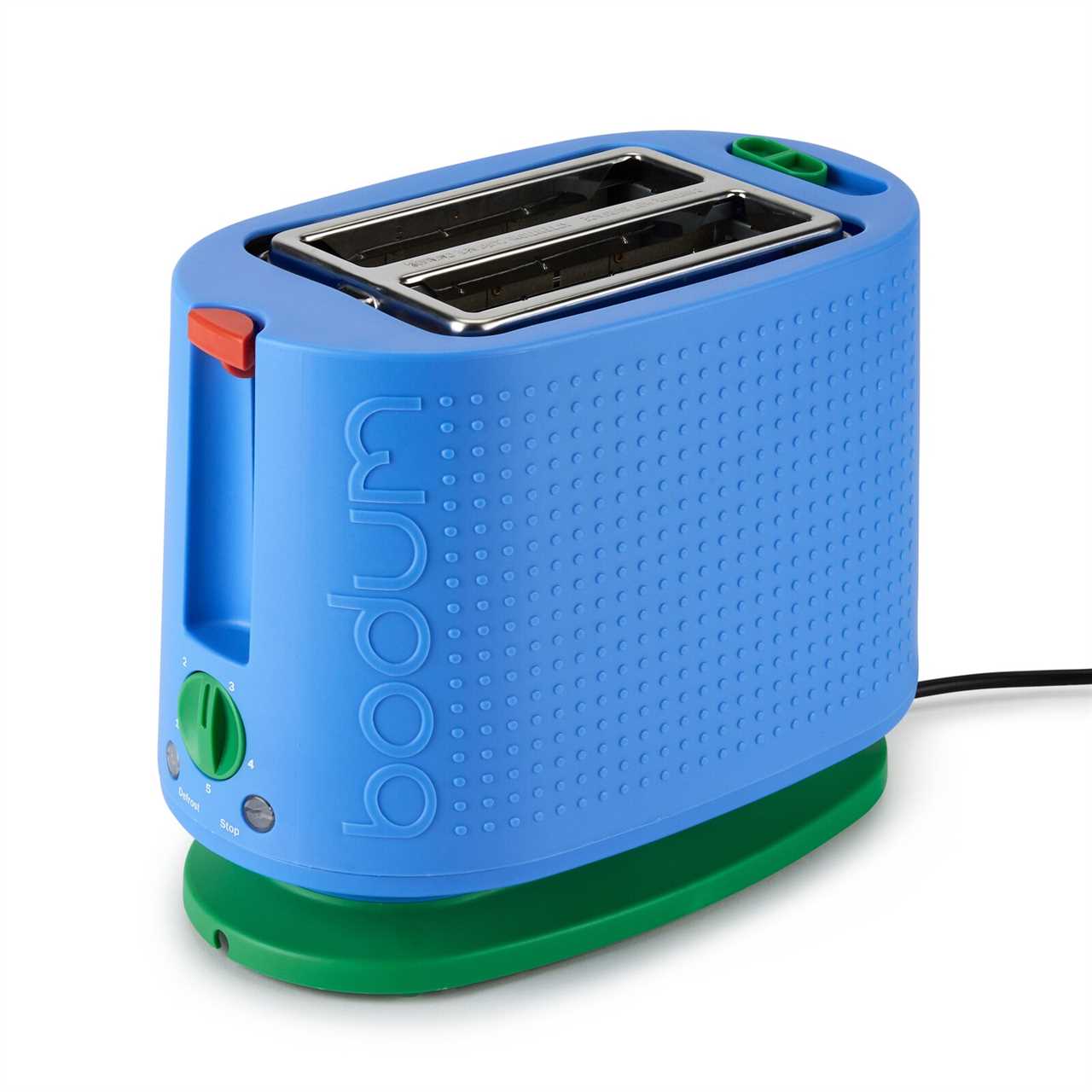
MoMA Exclusive: Toast your bread to perfection with the Bodum Bistro 2-Slice Toaster. It features five variable browning settings, taking your bread from light to golden to dark and bronzed—and everything in between. Features of the Bodum Bistro 2-Slice Toaster include: Defrost setting for toasting frozen bread. Cancel button for complete control of your toasting. Adjustable grates to ensure a snug fit for varying thicknesses of bread. Pop-up warming rack for smaller-sized treats such as crumpets, croissants and rolls. Removable crumb tray for easy cleaning. 940W. Powered by standard plug-in. Made of silicone, PP & ABS. Measures 8.5h x 10.4w x 6.1"d.
HAY Sowden Toaster
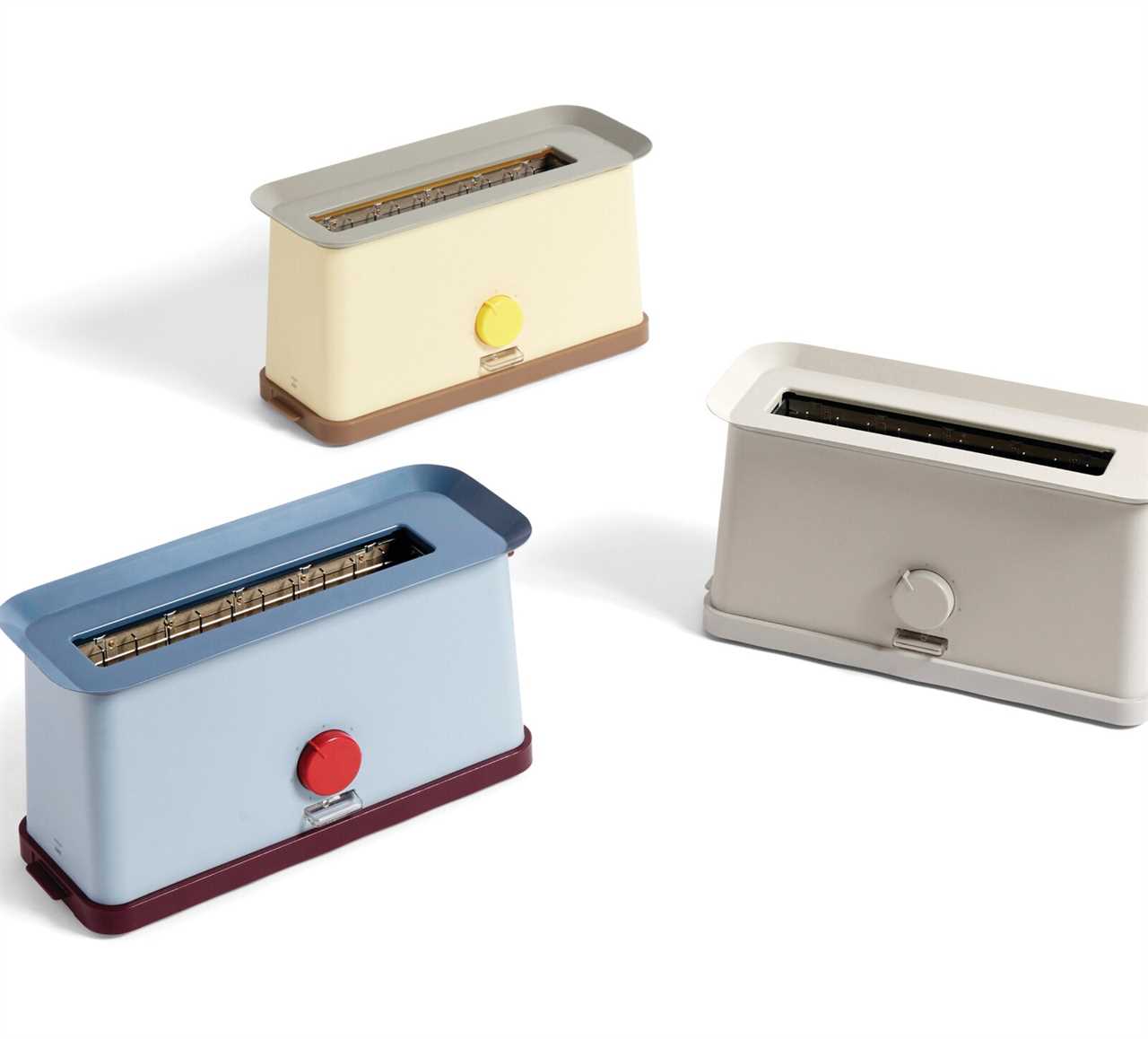
Guided by color, function, and form, George Sowden’s collection of thoughtfully designed products add a playful touch to everyday moments. The Sowden Toaster reimagines the kitchen essentials in three bright colors.
It’s not that there isn’t a place for this sort of youthful exuberance—it’s just curious that it all seems to be centered in and around the kitchen and targeted, very strategically and specifically, to millennials. There’s a large hit of nostalgia that comes from looking at a wine glass that sort of resembles one of Fisher-Price’s Little People, like the ones that came with the Play Family Parking Garage, a toy that I am pretty sure I had and played to death.
It seems that millennials, who by now are creaking toward middle age, are feeling a yen for products and designs that harken back to childhood—and for reasons that are so obvious that it feels pointless to expound! Clearly, the world is in crisis, humanity feels like it’s in its final act, and so in the face of this general malaise, we turn to design that feels familiar and comforting—in this case, home products that feel indistinguishable from what you’d find in a preschool classroom in a rapidly gentrifying neighborhood.
Our Place Wonder Oven
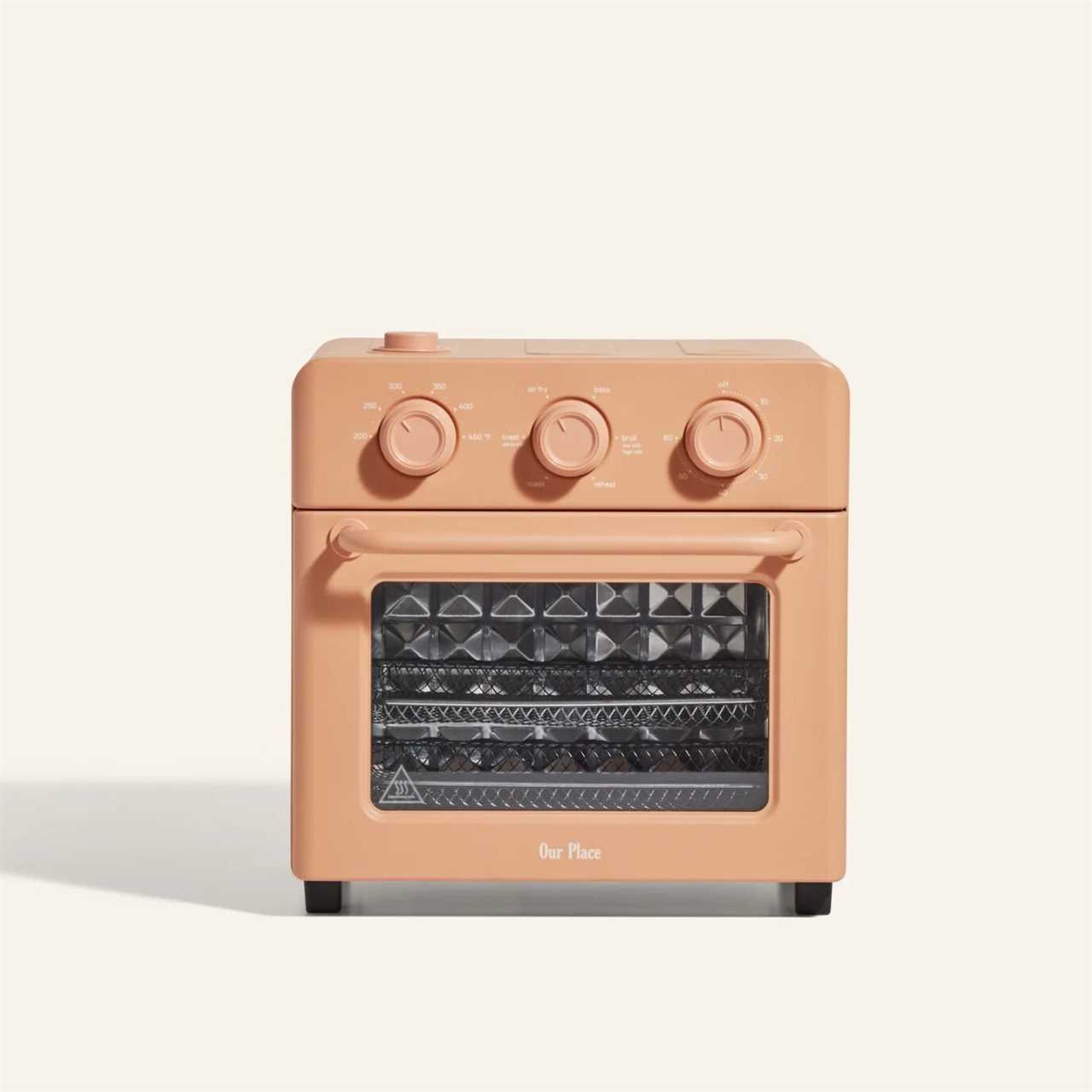
A conveniently-sized, countertop-worthy appliance that can air fry, bake, roast, toast, reheat, and broil – all with our steam infusion technology for crispy exteriors and soft, moist interiors. It does everything, from ultra-crispy air frying, to serious roasting, to rejuvenating steam infusion.
Even if the panicked and maximalist optimism of the Bauhaus-adjacent Crayola color thing is melting away for the most part, the soft, blobby, neotenic shapes that infiltrated furniture for a couple of years seem to be holding on in one very specific corner of the retail space: DTC kitchenware companies like Our Place, Caraway, and Great Jones, who make millennial-coded, pastel-forward products that all seem to operate under an edict that practical kitchenware for actual adults should look like stuff for kids.
Our Place and Caraway both make serviceable and very good kitchen products that I’ve personally used and enjoyed—and, I can admit that I was surprised a bit by their quality. It’s not that DTC brands have a disreputable sheen, but there are just so many of them, with the same branding and aesthetic that by now, it can be hard to tell the difference. Each company offers cookware in soothing sages, clays, lilacs, and charcoal, with accents of chrome or brass.
Popsmith The Popper
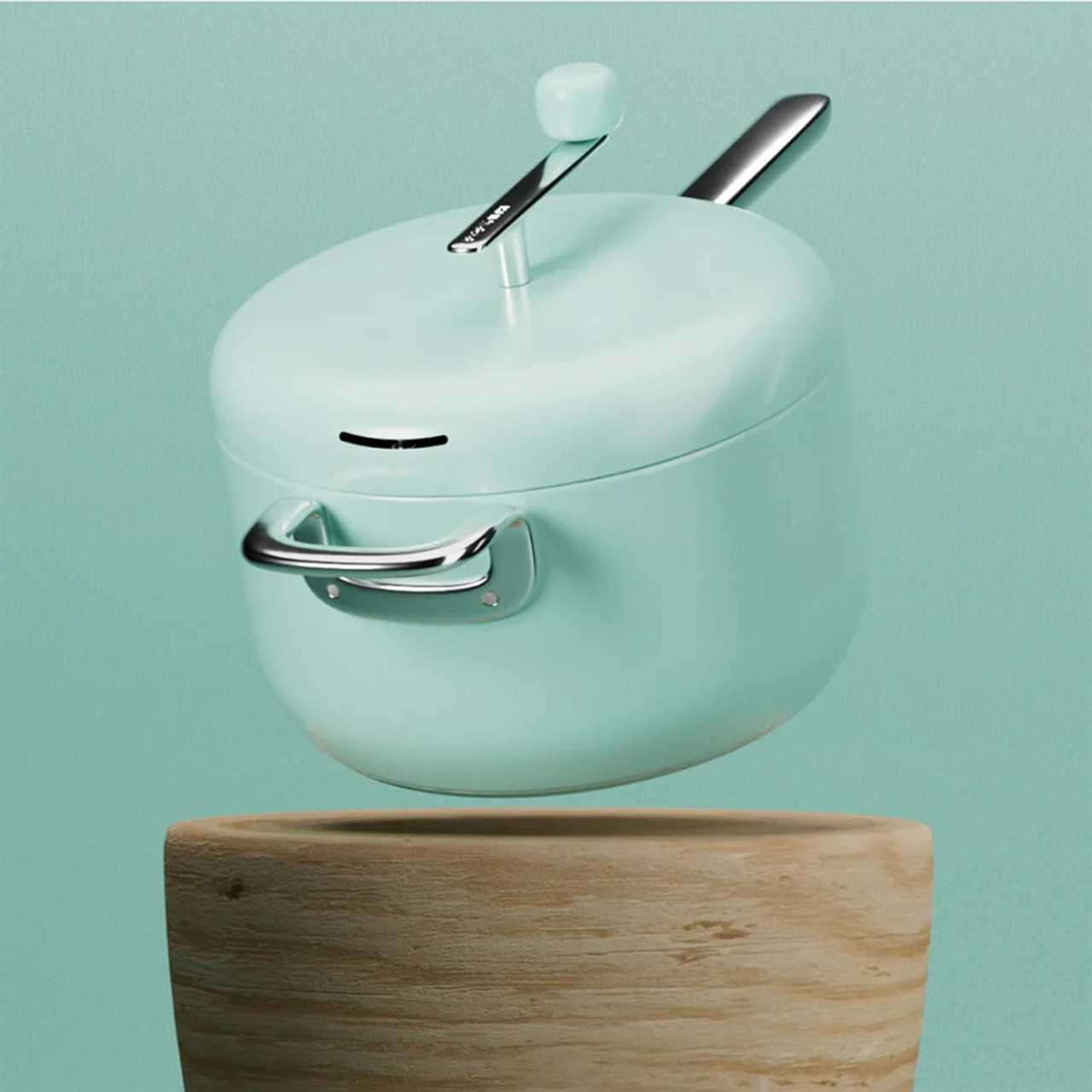
Our modern Popper is crafted from premium stainless steel, effortlessly merging durability and style. Inspired by the classic technique that movie theaters use, The Popper features a multi-clad bottom and patented spinner that keeps each kernel in motion while preventing burning or sticking. Ideal for kitchen novices and at-home chefs alike, our Popper is simple, fun, and reliable for making perfect popcorn—every time—in less than five minutes.
Interestingly enough, the play kitchen space has evolved to reflect a more conventionally "adult" look than the cookware described above. Lalo’s Play Kitchen is nicer than the kitchen in my rental apartment and resembles the quietly expensive remodel one might expect from an HGTV show; its attendant accessories, like the little pots and pans, look like mini versions of Caraway or Our Place’s offerings, but come in more muted palettes (wood and white, olive green, or honey yellow). West Elm’s white-and-wood Midcentury Play Kitchen similarly won’t harsh your mellow.
These toy kitchens feel more conventionally "adult" in style than some of the current cookware products for actual adults. There’s no rule book on how children’s toys should look at all, but it is sort of depressing to me that the line between what’s for kids and what’s for adults is so blurry. It’s just that this sort of design feels infantilizing for grown-ups and prescriptive for children, who have a few good years of innocence before they need to think about their own personal taste. Maybe it’s okay to let a kid be a kid, toys and all.
We love the products we feature and hope you do, too. If you buy something through a link on the site, we may earn an affiliate commission.
Related Reading:
My Quest for Beautiful Countertop Appliances You Don’t Need to Hide
The Great Toilet Rebrand
Read More
By: Megan Reynolds
Title: When Did Cookware Get So...Toylike?
Sourced From: www.dwell.com/article/when-did-cookware-get-so-toylike-fc41d704-d69e8e9c
Published Date: Tue, 14 May 2024 20:02:11 GMT
Did you miss our previous article...
https://trendinginbusiness.business/real-estate/service-provider-lereta-appoints-new-cto
.png)





